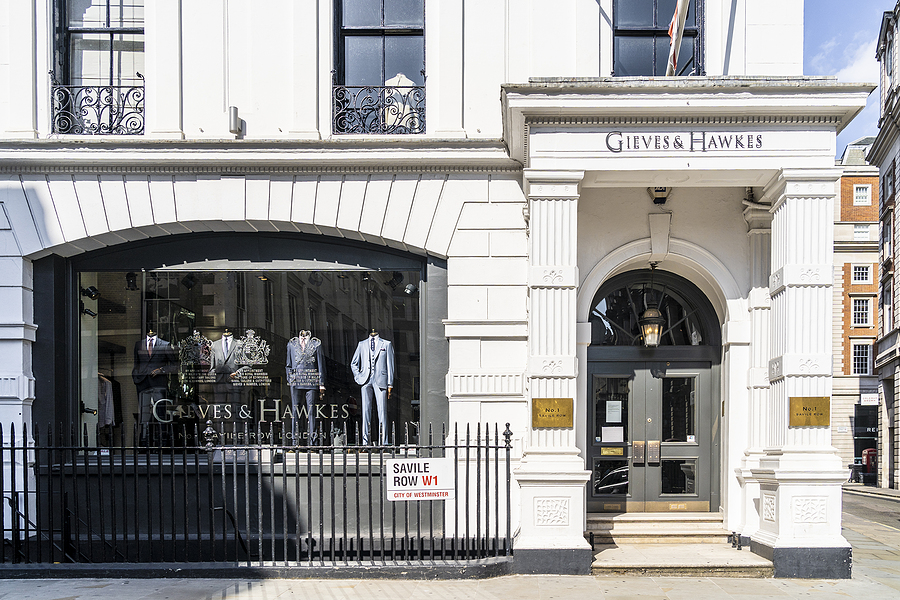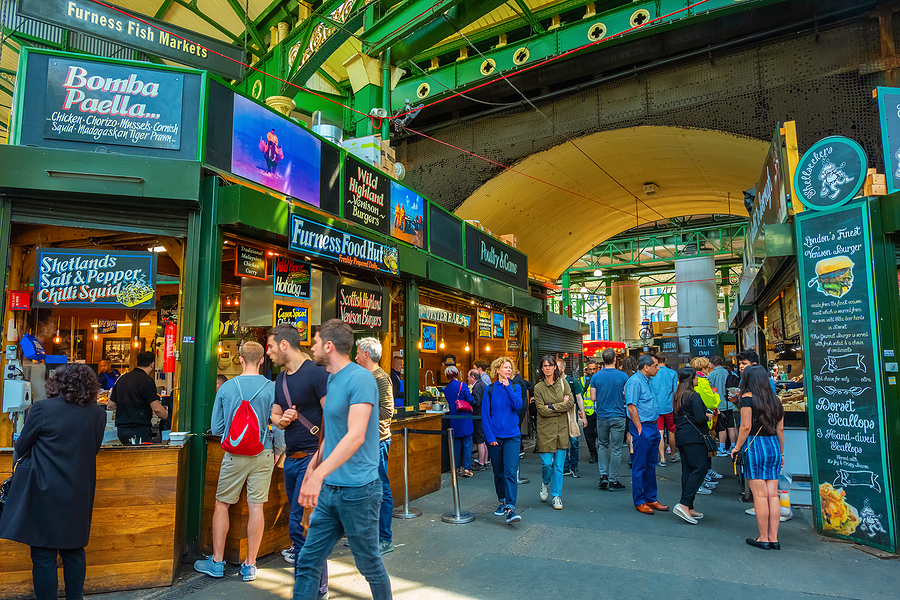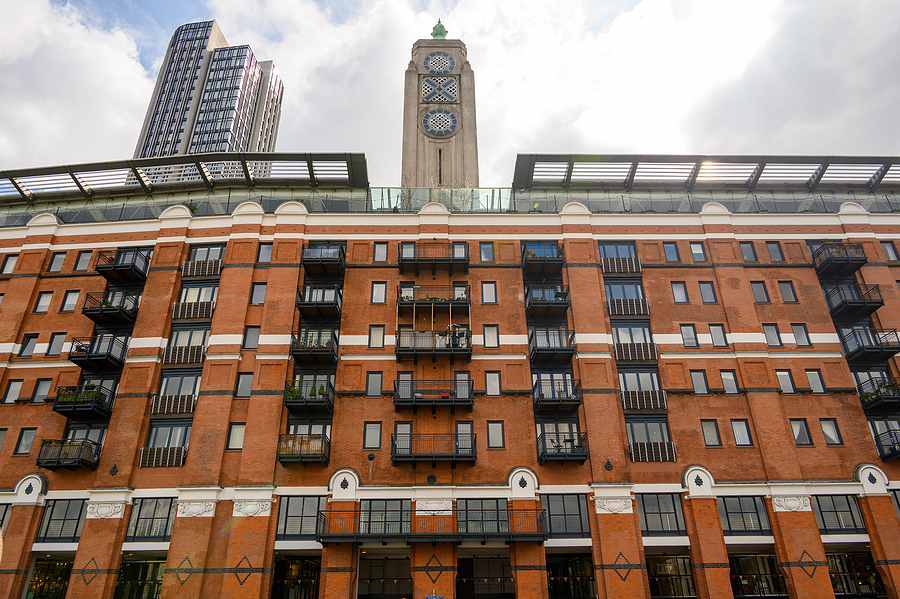For a great many overseas visitors, few things are more fascinating than the British monarchy. For those who come from republics and have a keen interest in history and the different customs and constitutional arrangements of the UK, it can be truly fascinating to find out more.
Whether it is the grand buildings with their opulent interiors, or daily ceremonies like the changing of the guard, there is much to see in London. But for some people, the focus of private London tours might be on some particular aspects of the monarchy, such as sites connected with individual monarchs of great prominence.
Discover A King Like No Other
King Henry VIII is particularly high on that list. Born in 1491, he reigned as King of England from 1509-47. His reign is famous for his six wives, a dispute over the annulment of one of his marriages that led to the foundation of the Church of England, turbulent relationships with those in civil and clerical authority alike and many military adventures.
The man himself was tall for his time at six feet (1.83 metres) and certainly not a man to mess with, while arguably poor at the actual business of politics and conducting war.
Nonetheless, his legacy of the early development of an English navy that was subsequently to become the most powerful in the world, social reform, and England’s break with Roman Catholicism stand out.
Those who are fascinated with his life and times can explore many sites in London associated with the monarch, several of which are among the capital’s most famous buildings.
Grand Royal Palaces
Henry’s story started at Greenwich Palace, where he was born. However, as king, he had this building demolished and replaced with a new palace, which at the time lay outside London and conveniently close to the Naval dockyards.
The building no longer stands, having fallen into ruin after the English Civil War, but archaeologists found some remains of it in 2017 and these are on display in Greenwich’s Painted Hall.
A palace that cannot be missed is Hampton Court, built for Cardinal Wolsey, who gifted it to the monarch in 1529. The king expanded the palace substantially, although further, later extensions destroyed much of the Tudor part.
It is, therefore, important to be focused on the sections that are still a direct legacy of Henry VIII to appreciate the kind of buildings and gardens with which he would be familiar on an everyday basis.
St James’s Palace is another royal residence where Henry spent many happy days. Built on his orders in the 1530s, it was the prime London home of monarchs for 300 years until Queen Victoria came to the throne and switched to Buckingham Palace. Despite a major fire in 1809, many Tudor features remain in evidence.
The Tower Of Power
It was not just the places where the king lived that are so important. Few places have done more to symbolise the power of the crown than the Tower of London.
By the time Henry VIII came to the throne, the Tower had long been established as both a residence and a prison, having been founded by William the Conqueror in 1066. However, it has very strong associations with Henry VIII.
Henry’s reign saw him send his second wife, Anne Boleyn, to be executed there. His chief minister, Thomas Cromwell, who had spent heavily on improving the fortifications, was also imprisoned in the Tower before his execution on the adjacent Tower Hill in 1540, having had a fatal fallout (there was no other kind) with the king.
The One Surviving Abbey
The Tower is not the only major London landmark built by a previous monarch but still connected with Henry VIII. Westminster Abbey was first built by Edward the Confessor, one of the last Saxon kings, starting in the 1040s. However, Henry was crowned there.
It may be for this reason that, while the founder of the Church of England dissolved the Catholic monasteries and abbeys across England, he spared this grand building, although of course it became a bastion of Anglicanism and one where monarchs are still crowned in the 2020s.
These are just some of the famous buildings associated with King Henry VIII. There are others in London, such as Banqueting House – another palace taken from Cardinal Wolsey – and some near to the capital, such as Leeds Castle in Kent, which was renovated as a home for Henry’s second wife, Catherine of Aragon, and Windsor Castle, where he is buried.
Few Monarchs have had more impact on English history than King Henry VIII. If you want to know more about his reign and the fascinating and often grim times in which he lived, a tour of grand London buildings associated with him is a great way to go about it.











